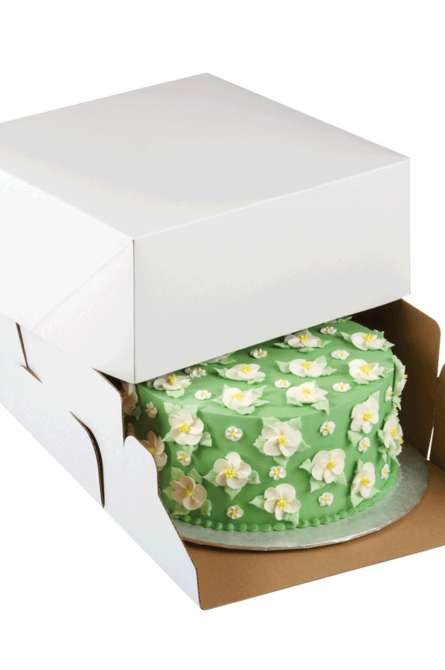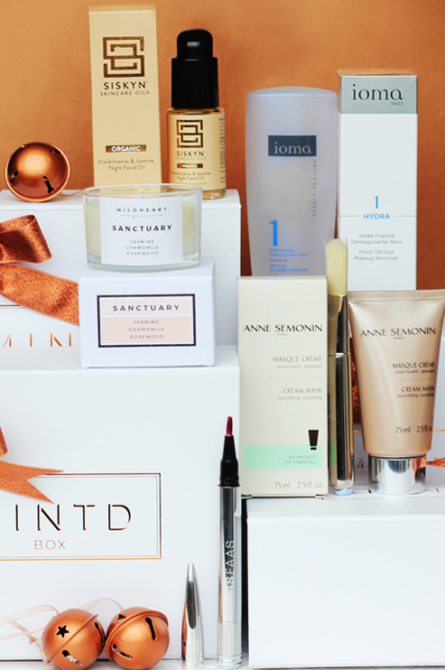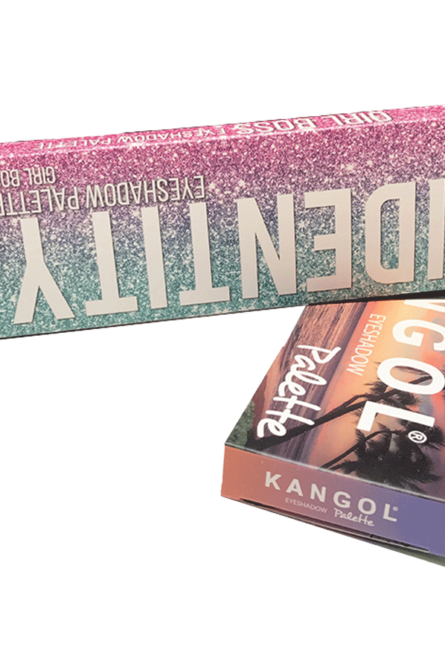11
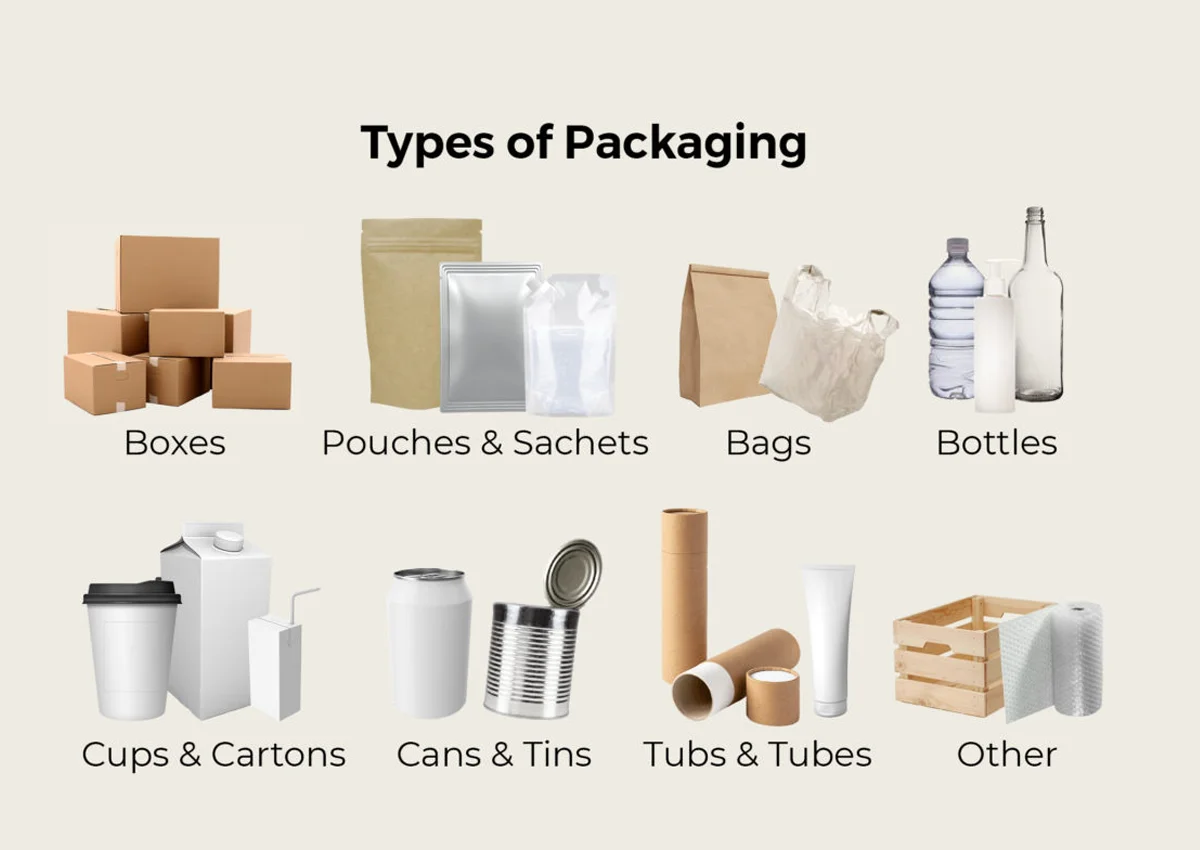
By: Harry Lee
Packaging has played an essential role in all industries, where it serves as a protective layer to the product. Moreover, it acts as an excellent branding tool for companies and improves customer experience. However, various categories of packaging serve various purposes in protection, branding, and commercial objectives.
Therefore, you need to understand how each category works and how you can use them effectively to expand your business. Also, consumer demands are constantly evolving in terms of materials, designs, and technologies. Thus, having a good understanding will save you time and energy. Also, helps you grow professionally.
This blog will explore the various categories from primary to tertiary, and emerging trends like sustainability and smart packaging. We will also provide in-depth reviews of top packaging solutions to help businesses make wise decisions depending on their needs.
Understanding the Categories of Packaging:
Product packaging is usually a case around any product. People or businesses use it to enclose a product so they can protect it while in the delivery, storage, and sale processes. Packaging is one of the first lines of defense. Thus, it ensures that products reach their destination without damage in the best possible condition.
However, there are various categories of packaging. Therefore, you have to choose it wisely depending on the protection needs of your product. Also, adequate packaging contributes considerably to branding and the whole customer experience.
A well-designed package makes the product more attractive on the store’s shelves, distinguishes it from the competition, and even allows one to state the brand’s value to the consumer.
What Are Different Types of Packaging?
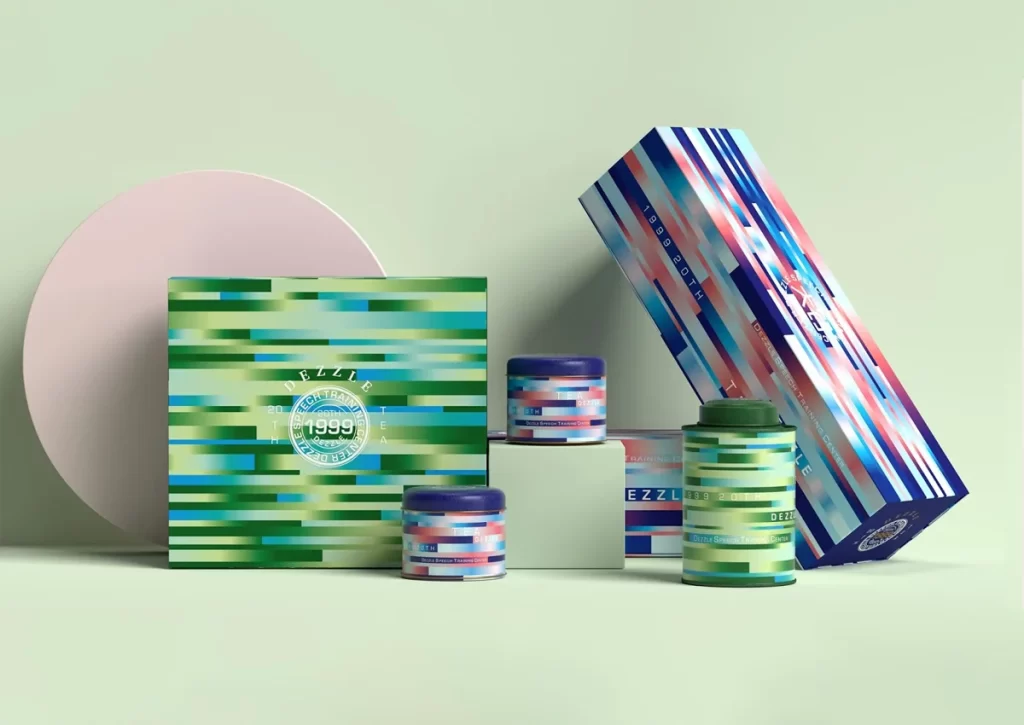
Want to know more about categories of packaging? Let’s discuss this in detail. Here are a few categories.
Primary Packaging:
Primary packaging refers to the first layer that directly surrounds the product. Examples of such layers include bottles for liquids, cans for beverages, and boxes for solid goods. It is fundamental because it comes into direct contact with the product to preserve its integrity and usability. For example, a sealed bottle of water keeps the water fresh and safe. Likewise, a box for electronic devices protects sensitive components inside it from damage. The best example is custom rigid boxes for high-end products. One of the most visible types of packaging for consumers, the primary is often essential for both the protection of the product and the inclusion of branding.
Secondary Packaging:
Secondary packaging is among the categories of packaging that refers to the next level of packaging, encompassing a group of primary packaged products. Some examples are cartons, shrink wraps, and trays.
Such packaging is essential for handling and moving large quantities, keeping products together for more accessible storage and shipping. Also, secondary packaging facilitates presentation on the shelf; for instance, a branded box holding several soda cans increases the brand’s visibility while providing convenience in retail environments.
Tertiary Packaging
Tertiary packaging is used in bulk shipment and distribution. You can also call it retail packaging. Some examples of its use are pallets, crates, and large containers. Even though the final users do not consume it, tertiary packaging is vital within logistics. The reason is that it protects and safeguards large volumes of products over a great distance. In this way, specialty packaging ensures safe and damage-free shipping and storage of the products.
Specialty Packaging:
You can customise this packaging depending on your unique needs or products. These eCommerce packaging are common in niche areas such as luxury goods or fragile items. Some examples include velvet-lined boxes for jewelry or reinforced foam packaging for high-end electronics. Specialty packaging often centers on enhancing the unboxing experience while providing maximum protection, creating a long-lasting impression on the customers.
Knowing about different categories of packaging is essential when you have to deal with various product marketing.
Current Trends in Custom Packaging
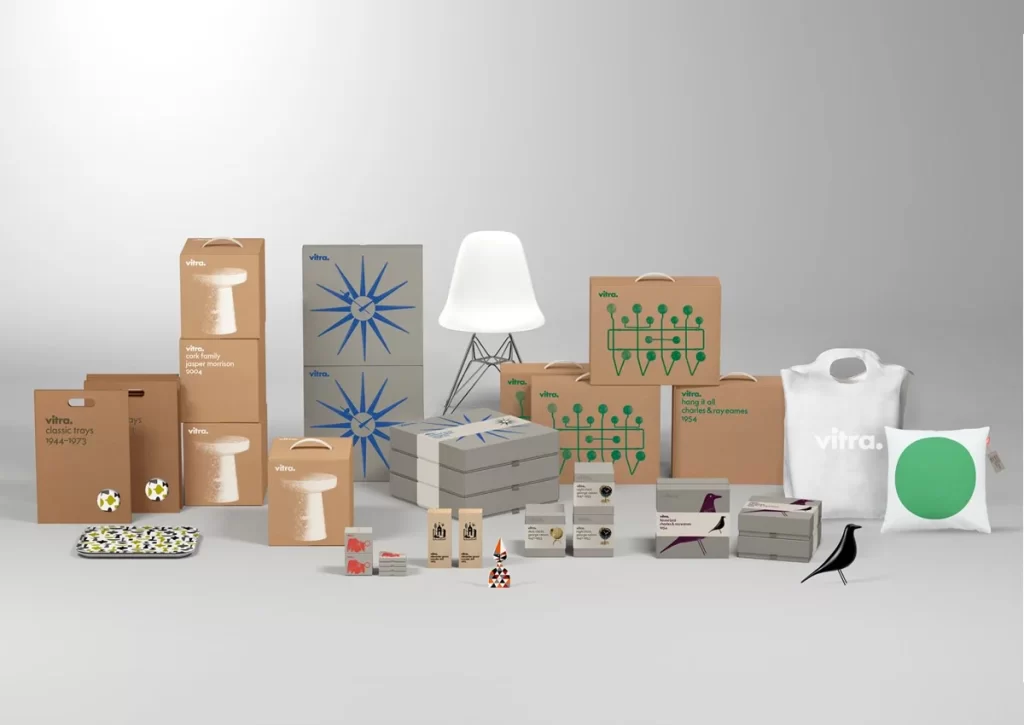
Both current and emerging issues guide the progression of the packaging industry. Custom solutions come first, followed by specific business needs and customer expectations that respond to its demand.
Customs allow companies to tailor their materials, designs, and features according to unique requirements in their product. However, this falls under broader trends shaping the industry today.
Sustainability
There is more demand for eco-friendly custom categories of packaging. The reason is that people and businesses are shifting towards sustainability. Businesses are focusing their eyes on biodegradable and recyclable materials for their custom packaging solutions, including compostable mylar bags, paper-based wraps, and plant-based plastics.
All these reduce the adverse effects on the environment and, therefore, make them a perfect match to the ideology of eco-conscious consumers. Custom sustainable packaging is one sharp way of announcing a brand’s devotion to the environment because the element of sustainable branding cannot be ignored.
Minimalist Design
Minimalism is a highly sought-after trend in custom packaging, focusing on clean and simple designs. Custom packaging that uses less material and does not overtly decorate offers benefits that are more than aesthetics.
Minimalist packaging types usually cut material usage and manufacturing complexity, providing savings. Branding is also improved by letting the product and the critical parts of the brand stand out without distraction. That is a hallmark of the move toward minimalism and simplicity, where less is more.
Smart Packaging
This is a new packaging style that evolves with the inclusion of technology in customised packaging. IoT devices such as embedded QR codes, NFC chips, or RFID tags enable consumers to access information about the product.
Example: A specialty packaging with a QR code may direct customers to instructions online, and product tutorials. Moreover, it offers more value in exchange through the package.
Smart packaging of innovative products increases closer engagement with the target audience. Additionally, it provides insights for brands, thereby improving user experience.
Most Popular Packaging Styles in 2024
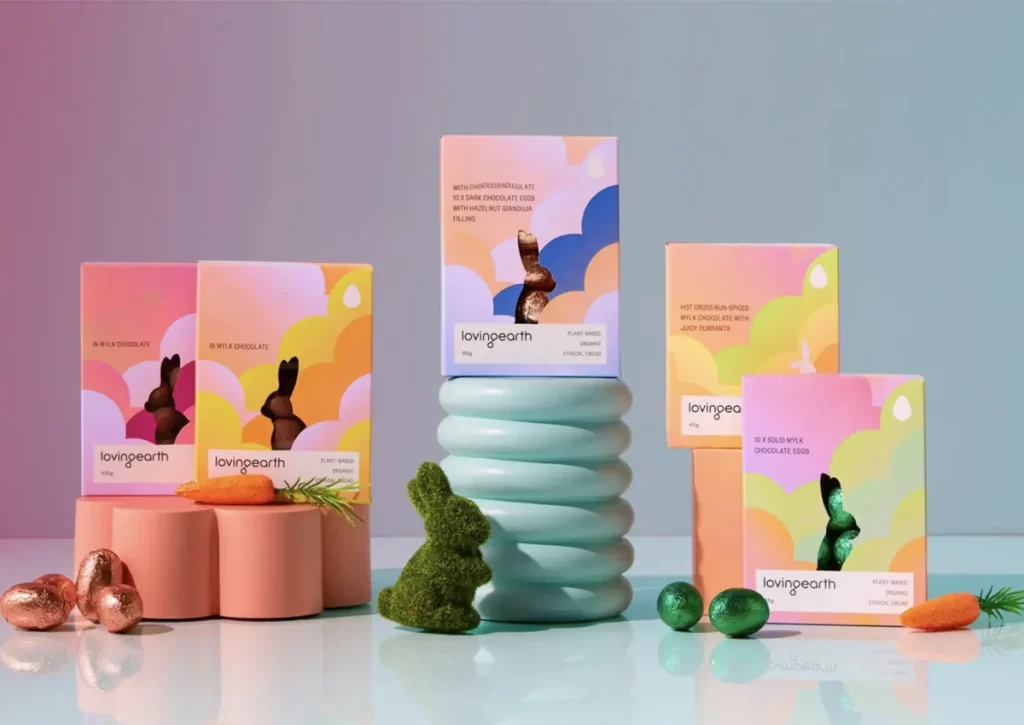
Knowing about styles in packaging is as crucial as it is to know about various categories of packaging. Most packaging styles in 2024 have been adaptations to the change process occurring with emerging consumer preferences towards sustainability, convenience, and innovation.
Brands are adopting increasingly eco-friendly materials and minimalist designs. It prevents waste and provides functional, aesthetically pleasing solutions. Customisation is also rising as businesses search for unique packaging that aligns with their branding and elevates the customer experience.
In addition, innovative packaging that is technologically embedded is becoming popular; it offers interactivity that consumers may find attractive.
The following are the most common packaging designs in the UK in 2024, with brief descriptions of each.
- Tuck End Boxes
Flexible packaging that contains flaps that can be easily opened on both ends of the packaging. It is commonly found in sales products like makeup and electronics. Boxes are cheap and you can easily customise them.
- Rigid Set-Up Boxes
Heavy-duty and glamorous, mailer boxes are great for jewelry, electronics, and gift items. They provide ruggedness and a premium feel when opened.
- Stand-Up Pouches
Stand-up pouches are the most popular styles among the different style categories of packaging. This style is widely used to pack food and drink products, and are lightweight, flexible pouches that can stand upright on shelves. These pouches normally have some resealable features to make them even more convenient for consumers.
- Mailer Boxes
These corrugated mailer boxes are fantastic for shipping products that still need to be professional-looking. They are widely used for subscription services and e-commerce packaging.
- Sleeve Packaging
Sleeve packaging has a sliding cover added for a sleek, minimalist look. It is often used in tech gadgets, cosmetics, and luxury goods because it can give a luxury feel using minimal materials.
- Kraft Paper Bags
Kraft paper bags are biodegradable and eco-friendly. Moreover, you can easily customise them as per your branding needs to display food items and retail products.
We can not forget about frustration packaging while talking about various categories of packaging. Let’s discuss what it is.
What is Frustration-Free Packaging?
Frustration-free packaging, in simple words, means easy-to-open packaging. It is eco-friendly and free of excess materials such as plastic ties or unnecessary tape. Amazon developed this packaging style to reduce the frustration experienced by consumers. It becomes generally difficult to package, such as hard-plastic clamshells or complicated boxes.
Some of the primary characteristics of frustration-free packaging:
- Easy opening
- Environmentally friendly
- Product protection
FFP aims to provide sustainability and improve the customer experience.
Choosing the Right Packaging Solution Based on Your Need
There are several significant considerations for choosing the correct packaging. You need to check:
- Size of product
- Cost
- Sustainability
- Durability
- Purpose of packaging
Fragile products require protective packaging materials like bubble wrap or padded boxes. These additional layers protect your product from damage while transporting or keeping goods in a warehouse.
Conclusion
You need to understand various types of packaging to make perfect choices in different categories of packaging. These boxes are not just for protection but also an essential aspect of branding, customer experience, and sustainability. Therefore, by staying up-to-date with the trends can develop a business package or solutions to match the market and running of operations.
Decide the packaging option that best suits your needs and tastes for your brand.



